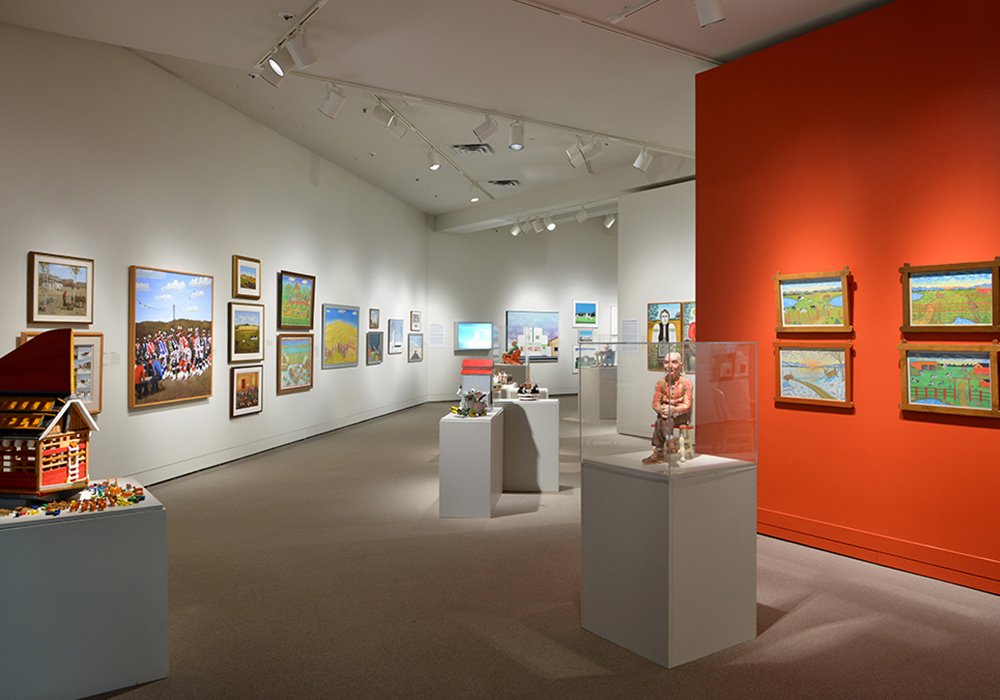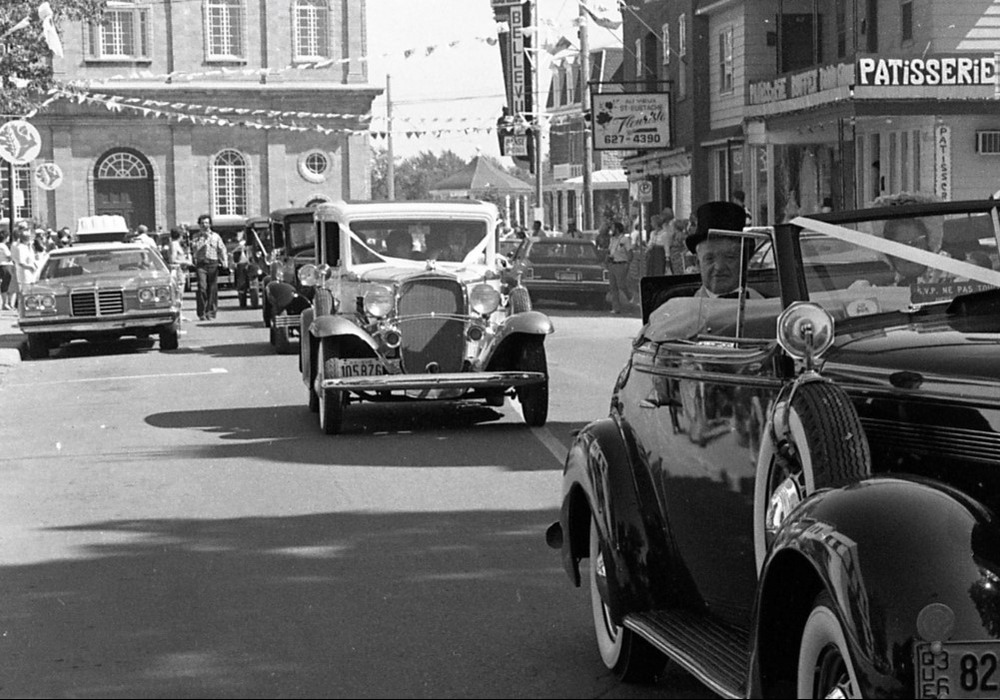
Harry Snider’s calling was time. As a young man in the 1930s, he started working with clocks at the Blackforest Clock Company in Toronto. The business name was changed in 1941 to the Forestville Clock Company because of the Second World War. In the early 1940s, he went out on his own, establishing Harry Snider and Company, which imported and distributed items related to the jewellery trade. But it would just be a matter of time before Harry decided to manufacture clocks himself, and in 1950 he started the Snider Clock Corporation.
Because the name Snider Clock Corporation was changed to the Snider Clock Manufacturing Company Limited in 1957, clock collectors can estimate the age of their Snider clocks. One popular model was Harry’s Golden Goddess mantel clock, which was an Art-Deco-style sculpted nude holding up a clock.
The business was a true family venture; Harry’s wife, Shirley, and two sons, Gary and Michael, all participated. Harry’s enterprise peaked in the 1960s when his many wall models in the “sunburst” / “starburst” style were particularly popular. During that era, about 20 employees produced up to 50,000 clocks each year, using mostly Canadian components. Michael Snider took over when Harry became ill in 1970. The production of Snider clocks ended in 1976.
Through photographs of Snider mantel, TV lamp, and wall clocks, plus scans of related documents, this virtual exhibition explores the great Canadian success story of the Snider companies between 1950 and the mid 1970s. The presentation details how effectively the Snider companies competed with other Canadian companies in the field, and reflects how, even today, Snider clocks are sought-after items at garage sales and on eBay. Look for the script name Snider on the dial!
Visitors to The Canadian Clock Museum can see over one hundred examples of Snider clocks spanning the full production period from the early 1950s to the mid 1970s.

